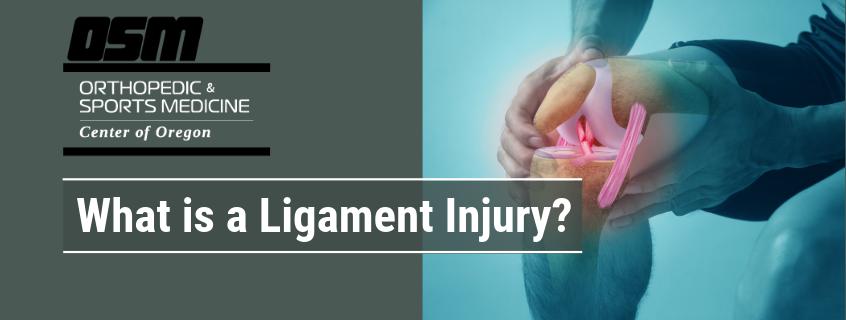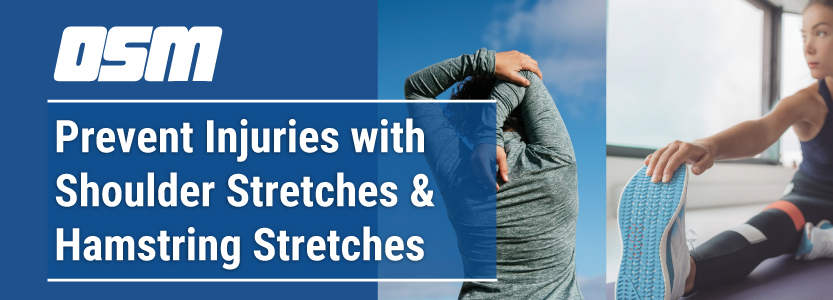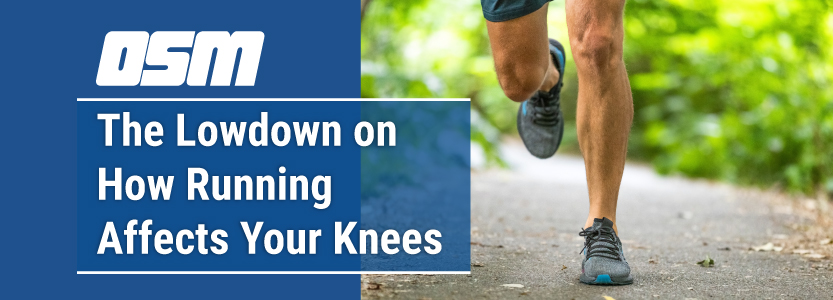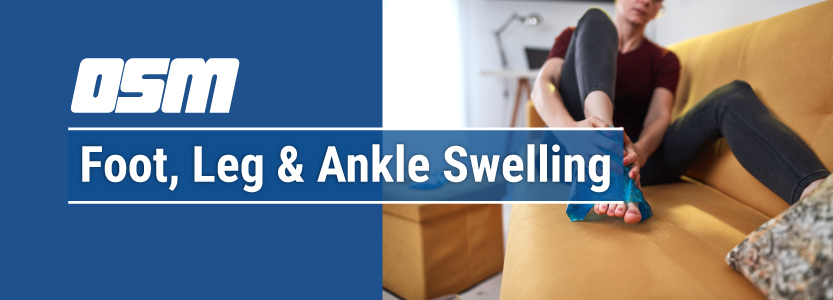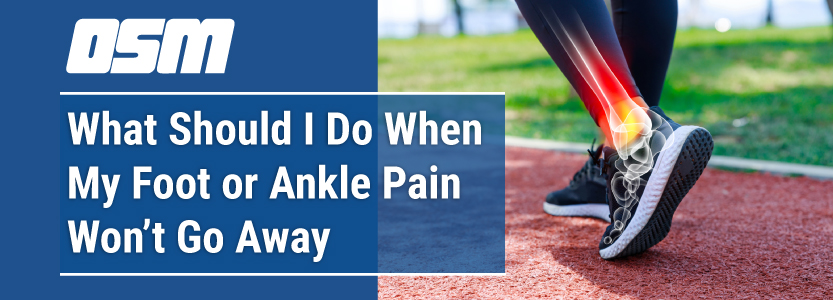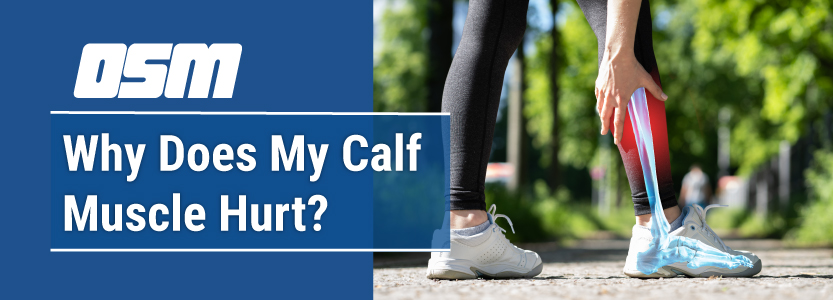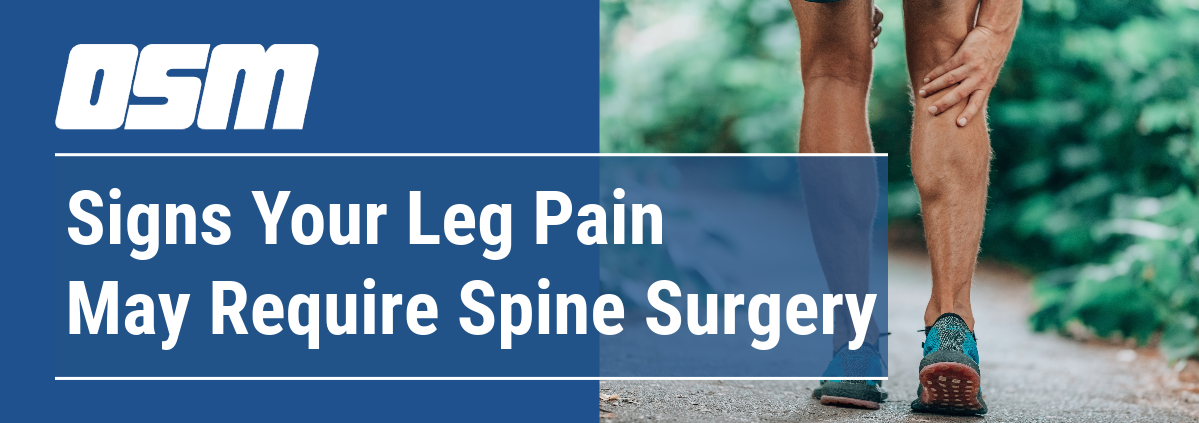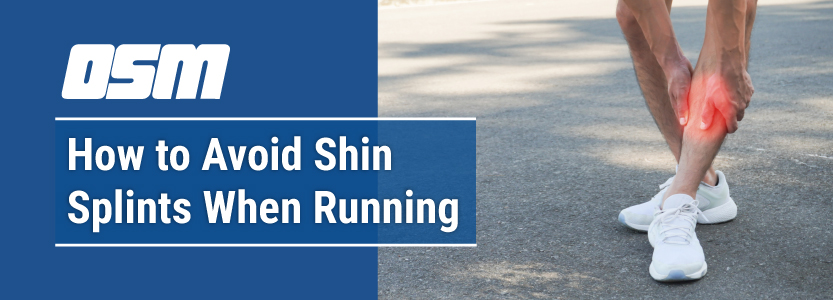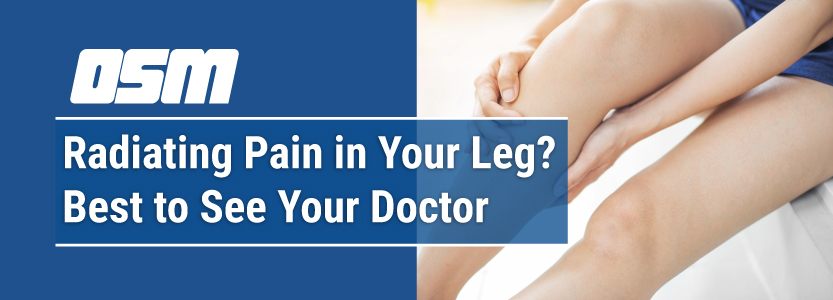Article featured on Healthline
Lacing up and hitting the pavement for a run is great exercise. It can also be therapeutic, lower your stress levels, and boost your sleep quality, among other benefits.
But given running’s repetitive impact, it can be hard on your body, too. Many wonder whether running harms their knees, specifically.
This article investigates that question, finds the answer, and shares how to take care of your knees when you run.
Is running bad for your knees?
Running is not bad for your knees; running with poor form is bad for your knees.
In fact, most knee injuries caused by running are overuse injuries, meaning you’re putting more stress on your body than it can handle.
Whether that’s ramping up your training schedule too quickly or not resting enough between runs, running too many miles before your muscles, bones, joints, and cartilage are ready for more can increase your risk of injury.
Quite a bit of research has investigated running’s effects on the knees .
One study followed a group of long-distance runners, as well as a nonrunner control group, for 18 years. Through a series of X-rays over the nearly two decades, researchers monitored for any presence of osteoarthritis in the knees.
The study results showed that running among healthy older adults was not associated with more prevalent osteoarthritis. In fact, at the end of the study, 20% of the runners showed signs of osteoarthritis, compared with 32% of the nonrunners.
Another study suggests that running may be beneficial for the knees.
Researchers used gait analysis and computer modeling to confirm that running does place a higher load on the knees than walking. Yet, it also causes the bone and cartilage of the knee to adapt, potentially leading to stronger knees overall.
And what if you already have knee pain? Is running completely off the table for you? Research says not necessarily.
A recent study including 82 middle-age volunteers looked at the short-term effects of long-distance running on knee joints using magnetic resonance imaging (MRI).
Pre-training MRIs showed signs of asymptomatic damage to several knee structures in the majority of the participants. After the marathon, the MRIs showed a reduction in tibia and femoral bone damage. However, the MRIs also showed patellar cartilage deterioration.
What does all of this mean? Don’t forgo running because you’re afraid it may cause knee pain. But, as with every activity, listen to your body. When pain occurs, investigate why it might be happening.
Variables that can make running harder on your knees
However, there are a few variables that can make running hard on your knees. These include:
- Bad form. Good running form is complex and nuanced, but the basics are looking ahead and maintaining good posture and your arms at 90-degree angles while taking quick strides with mid-foot strikes. If you strike the ground with your heel, you’ll be prone to knee pain.
- Bad shoes. Especially if you run long distances, finding the proper shoe for your gait and foot is key. Factors like the cushion level, arch support, and width of the running shoe are important. If you’re able, visit a local running store and have your foot fitted properly.
- Rigid surfaces. Many find running on softer surfaces like grass or a treadmill better than running on asphalt or cement. Running is high impact, and research has shown that softer surfaces like a woodchip trail may reduce impact on the tibiae — and thus the knees.
Warning signs your knees may need attention
If you develop any pain around the knee — including above, below, or behind the kneecap — during a run, your body is trying to tell you something. Regardless of whether the pain is dull or sharp, the best course of action is to stop running and rest.
Some common knee injuries in runners include:
- Runner’s knee. This condition usually manifests as pain in the front of the knee or around the kneecap when you’re running. It’s caused by stress between the patella (your kneecap) and femur (your thigh bone), which causes the cartilage to become irritated.
- IT band syndrome. If your outer knee is bothering you, you may have iliotibial band (IT band) syndrome, which occurs when the IT band — a long tendon that stretches from your hip down to your outer knee — is too tight.
- Jumper’s knee. Also known as patellar tendonitis, this condition is caused by an inflamed patellar tendon, which connects your kneecap to your shin. You’ll experience pain in the front of the knee (7).
- Bursitis. If you have knee bursitis, you’ll experience inflammation and swelling in one of the small, fluid-filled sacs, called bursa, in the knee. This may manifest as a swollen mass on the front of the knee.
If knee pain stops you from running, apply ice to the area and take it easy. If after a few days’ rest your knee is still bothering you, see your doctor for further evaluation.
Tips for protecting your knees when you run
Beyond running with proper form and wearing the right shoes, there are a few other things you can do to protect your knees while you run:
- Start slowly and conservatively. Avoid going too hard, too fast. Your body requires time to adapt to new stressors. Many long-distance runners follow the 10% Rule, which says that you shouldn’t increase your weekly mileage by more than 10% week-on-week.
- Stretch before and after you run. If your muscles are tight, you’re more likely to run with bad form and injure yourself. Before you run, do some dynamic stretching, then afterward, try some static stretches.
- Consider compression sportswear. For example, wearing a knee sleeve while you run can provide some extra support to an unstable knee.
Don’t let a fear of hurting your knees stop you from running. By taking the appropriate precautions — strength training, stretching, wearing proper gear, and being conservative in your training — the benefits of running may very well outweigh the risks.
The Orthopedic & Sports Medicine Center of Oregon is an award-winning, board-certified orthopedic group located in downtown Portland Oregon. We utilize both surgical and nonsurgical means to treat musculoskeletal trauma, spine diseases, foot and ankle conditions, sports injuries, degenerative diseases, infections, tumors and congenital disorders.
Our mission is to return our patients back to pain-free mobility and full strength as quickly and painlessly as possible using both surgical and non-surgical orthopedic procedures.
Our expert physicians provide leading-edge, comprehensive care in the diagnosis and treatment of orthopedic conditions, including total joint replacement and sports medicine. We apply the latest state-of-the-art techniques in order to return our patients to their active lifestyle.
If you’re looking for compassionate, expert orthopedic and podiatric surgeons in Portland Oregon, contact OSM today.
Phone:
503-224-8399
Address
17355 Lower Boones Ferry Rd Suite 100A
Lake Oswego, OR 97035
Hours
Monday–Friday
8:00am – 4:30pm

